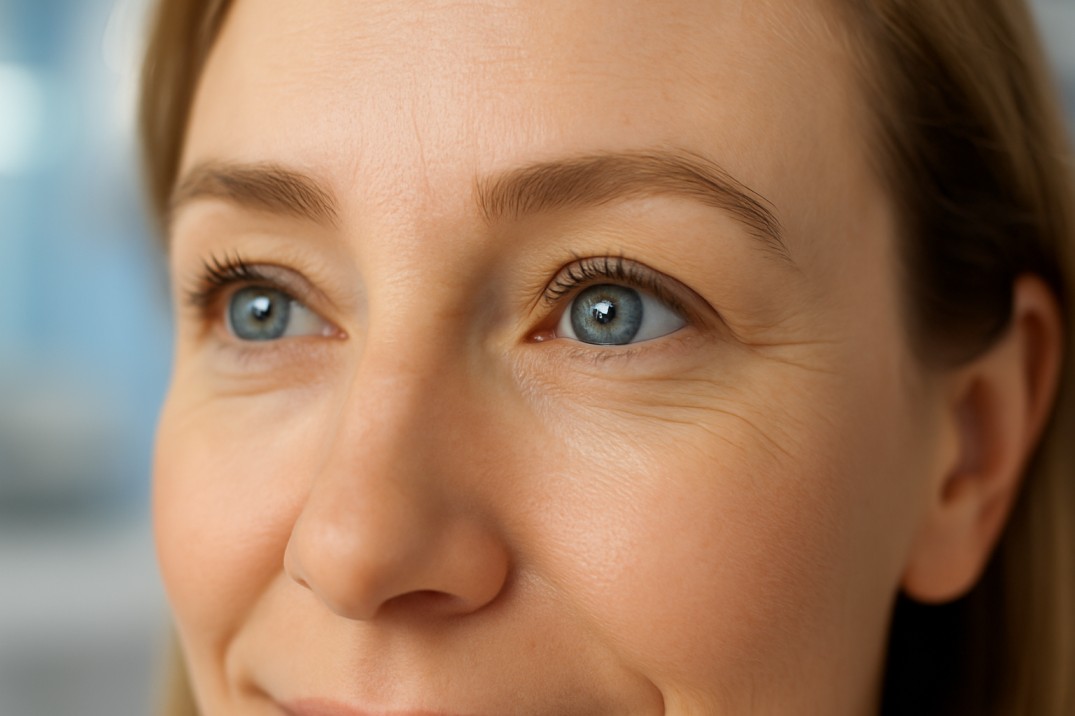Why More Seattle Kids Are Nearsighted
Why are more kids becoming nearsighted—and what can Seattle families do about it?
Childhood myopia is rising fast. Discover how outdoor time, screen habits, and early eye care can protect your child’s vision starting today.
Key Takeaways: Myopia Surge in Seattle Kids – What Parents Should Know
-
Childhood myopia is rising fast — rates have doubled in 20 years, especially due to increased screen time and reduced outdoor play.
-
Natural light protects vision — just 1–2 hours of daylight exposure daily can significantly lower a child’s risk of developing nearsightedness.
-
Seattle’s cloudy climate adds urgency — despite frequent overcast days, UV rays still impact eye health, making consistent outdoor time and sun protection essential.
-
Easy lifestyle fixes work — enforce “outdoor-before-screens” rules, limit indoor device time, and plan regular outdoor play even in rain (with proper gear).
-
Gentle activities count — it’s the daylight that matters most, not the intensity of activity. Walks, reading outside, and casual play are all effective.
-
Myopia runs in families, but isn’t destiny — outdoor time can delay onset by years and slow progression even in children with nearsighted parents.
-
Look for early signs — squinting, headaches, sitting too close to screens, or trouble seeing the board may signal worsening vision.
-
Advanced care is available — Cannon EyeCare provides specialized treatment options like low-dose atropine drops, orthokeratology lenses, and myopia-control glasses when lifestyle changes aren’t enough.
Why Are More Kids Nearsighted? Understanding the Myopia Surge
Nearsightedness (myopia) rates in American children have doubled in the past 20 years.
Key factors driving this increase include:
-
More time spent on near-work activities (reading, screens, homework)
-
Less outdoor time, particularly in natural sunlight
The Seattle, WA Perspective:
Here in Seattle, extended screen time during our rainy seasons worries parents and educators. Pediatric eye doctors at Cannon EyeCare observe younger children with worsening nearsightedness during routine eye exams, highlighting the growing need for early myopia prevention.
How Does Outdoor Time Protect Children’s Vision in Seattle, WA?
Natural light exposure plays a crucial role: sunlight triggers dopamine release in the eye, regulating healthy eye development and reducing myopia risk.
Playing outside also encourages distance viewing, balancing intensive near-work like reading and screen use.
Research consistently shows that children who spend at least 1-2 hours outdoors daily develop significantly lower myopia risk.
How Much Outdoor Time Prevents Myopia? What Activities Help Most?
Major studies indicate children ages 3–17 need at least 2 hours daily (or 14+ hours weekly) outdoors to reduce myopia risk. Seattle families can achieve this through:
-
School recess
-
After-school play
-
Weekend activities
Does the activity type matter?
Relaxed outdoor activities (walking, imaginative play, reading outside) effectively protect vision. While sports are healthy, the critical factor is daylight exposure – simply being outdoors offers the key benefit for eye health.
Practical Strategies: Balancing Screens & Outdoor Time for Seattle Families
Implement these realistic approaches for busy households in Seattle, WA:
Family Guidelines:
-
“Outside before screens” rule: Prioritize outdoor time before digital devices daily
-
Screen-free meals & car rides: Use travel/meal times for observing distant scenery
Actionable Tips for Rainy Days & Beyond:
-
Make after-school outdoor play non-negotiable (rain gear ready!)
-
Schedule tech-free weekends at Seattle gems: Discovery Park, Green Lake, or neighborhood playgrounds
-
Join local sports leagues (soccer, baseball) or family walking clubs
Motivating Kids:
-
Host outdoor playdates with friends
-
Use activity trackers (with parent oversight)
-
Explore our trails – check Seattle Parks or Washington Trails Association
Sun Safety for Seattle, WA Kids: Protecting Eyes During Outdoor Play
Yes, even through Seattle’s clouds! Harmful UV rays persist year-round. Safeguard your child’s vision and skin with these essentials from Cannon EyeCare:
-
Wide-brimmed hats: Reduce glare and block overhead UV
-
100% UV-blocking sunglasses: Critical daily wear – overcast days included
-
Broad-spectrum SPF 30+ sunscreen: Apply to exposed skin
-
Direct sunlight avoidance: Teach kids never to stare at the sun
Is Your Seattle Child Struggling? Early Myopia Warning Signs
Seattle parents: Watch for these vision red flags between annual exams at Cannon EyeCare:
-
Persistent squinting, eye rubbing, or covering one eye
-
Complaints of headaches or eye fatigue after school/screen time
-
Difficulty seeing distant objects (road signs, classroom boards, TV)
-
Sitting unusually close to books, tablets, or computers
Genetics & Myopia: Can Outdoor Time Help Seattle Kids with Family History?
Myopia has a strong genetic link—children with nearsighted parents face a higher risk.
The hopeful reality for Seattle families:
Peer-reviewed studies confirm that daily outdoor time significantly reduces myopia development risk even with genetic predisposition. For children in the Seattle area, consistent outdoor activity can:
-
Delay nearsightedness onset by 2-3 years
-
Slow progression by up to 50%
-
Declining academic performance or avoiding reading
Beyond Outdoor Play: Comprehensive Myopia Management for Seattle Children
While daily outdoor time and screen moderation are essential first steps, some Seattle children need advanced care to control rapid myopia progression.
When lifestyle measures aren’t enough, Cannon EyeCare offers:
-
Low-dose atropine therapy: Prescription eye drops proven to slow progression
-
Custom contact lenses: FDA-approved designs reshaping focus during sleep
-
Specialized glasses: Innovative lenses reducing strain and progression
The surge in childhood myopia is no longer just a trend—it’s a growing concern for Seattle families. But the good news is, small lifestyle changes can make a big difference. Prioritizing daily outdoor play, managing screen time, and recognizing early warning signs are powerful first steps toward a healthier vision.
Take action now:
If your child is showing signs of nearsightedness or you want to get ahead of it,
Schedule a comprehensive pediatric eye exam at Cannon EyeCare. Our experienced team offers proactive guidance, preventive strategies, and advanced treatment options tailored to your child’s needs.
Protect your child’s future—one clear view at a time.
FAQs
-
Outdoor play exposes kids to natural light and long-distance viewing, which helps lower the risk of nearsightedness (myopia)




